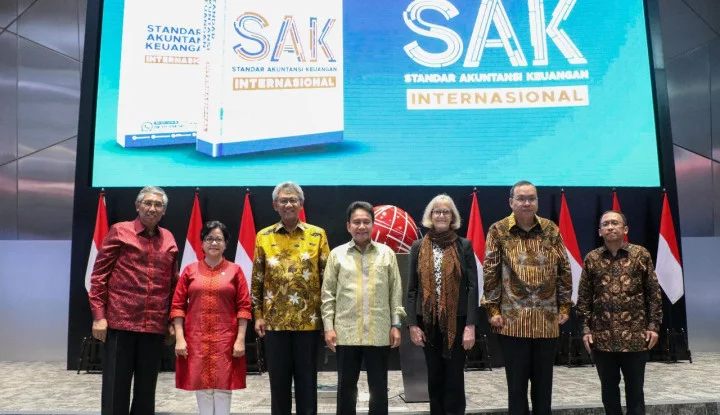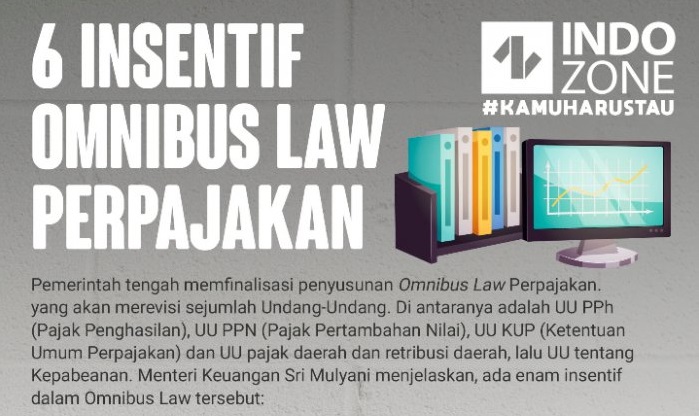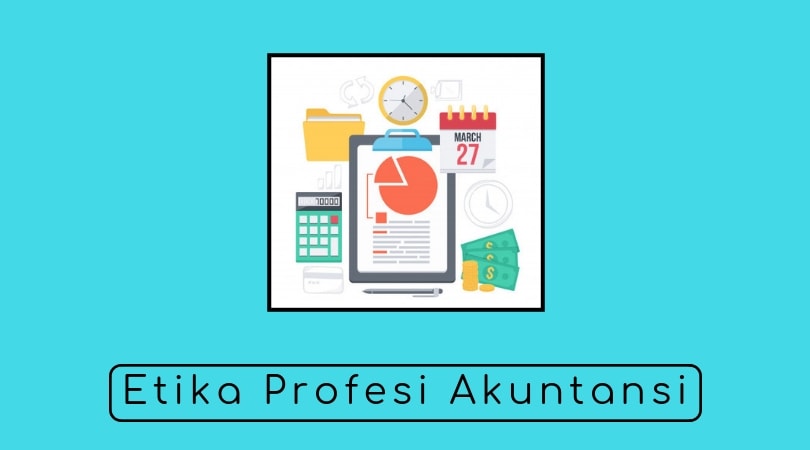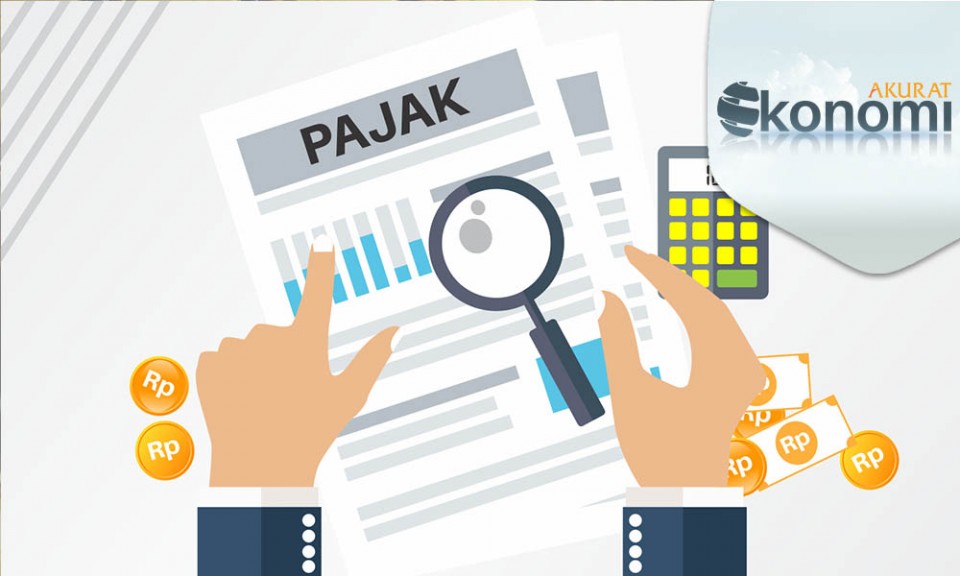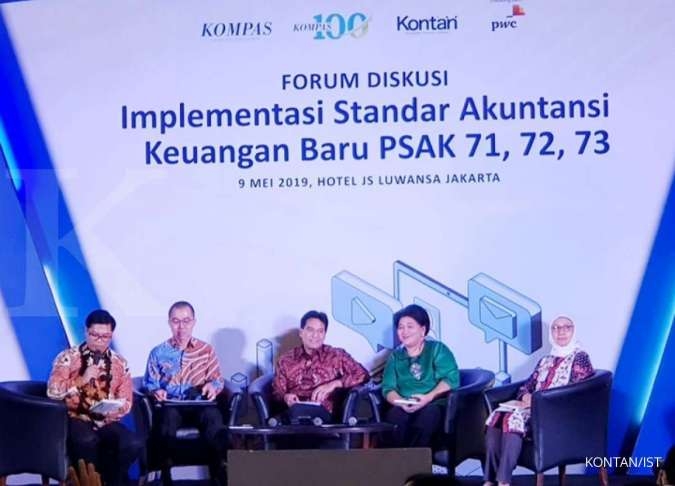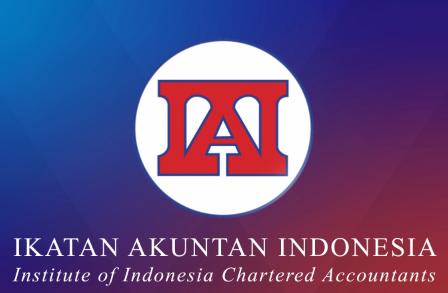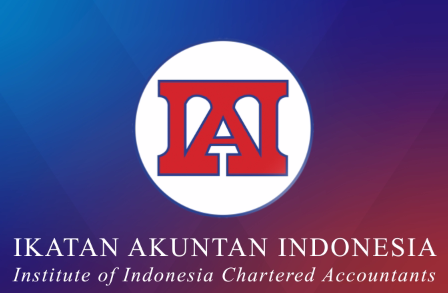
Alan W. Anderson, CPA, founder of ACCOUNTability Plus LLC, believes the question to ask isn’t “What is the audit firm of the future?” but “What is going to be audited in the future?”
Auditing today is frequently a mad dash against the clock from planning to fieldwork to wrap-up to the final set of financials. It can become such an exercise in filling out forms and checklists that “those that like to think and learn, leave,” Anderson, who presented a session on the audit firm of the future Thursday at the AICPA ENGAGE conference in Las Vegas, said during a preconference telephone interview.
Anderson discussed new audit methodologies that will help firms transition from the current state of audit to the audit firms of the future. The basic methodology for auditing hasn’t changed significantly in decades. Today’s auditors essentially create paperless versions of what they have done with paper and pen since auditing began. In the future, there will be more opportunities for practitioners to provide insights that will help clients build better businesses.
“When the firm is not using any of that knowledge to provide insight about the business, it is no wonder the audit is seen as a commodity. Because how valuable is a December 31, 2016, financial statement that is issued on May 24, 2017?” Anderson said.
In Anderson’s vision of the future of audit, “we’re making time and room for insight. And insight, by the way, not only adds value to the client, it actually results in a better audit.”
The virtual audit
A virtual audit turns the practice on its head: The work that’s usually done in the field is done virtually in the office, and the wrap-up phase, which is normally done in the office, is done in the field.
Rather than traveling to a client’s offices, the auditors perform the routine work of examining the client’s documents in the auditors’ office using information uploaded to a secure portal.
Once the routine tasks are completed, engagement leaders visit the client for the wrap-up phase. Questions raised during the in-office portion of the audit are answered, and issues that require judgment are resolved.
Anderson described two models for performing in-office fieldwork. One model is the team approach, where staff members are assigned to one audit at a time and work together as a team in an office with multiple desks.
Another model is the service-center model. Staff members are assigned a particular task to be completed for several clients. For example, one person’s job may be to audit cash for multiple clients. These employees need not be degreed accountants; people with experience as billing clerks might be a perfect fit for this repetitive and detailed work.
Hiring dedicated employees for a service center locks in efficiencies lost when experienced accountants move up the ladder into more challenging tasks.
Continuous auditing
Continuous auditing involves frequent monitoring throughout the year to ensure that transactions are captured properly and are flowing correctly to the income statement. The balance sheet serves as an anchor at the end of the period.
A few firms are implementing this by performing quarterly mini-audits. Frequent, smaller audits level the firm’s workload and reduce the busy season time crunch. These firms don’t need as many employees, and those employees may not need to work as many hours. Virtual audit techniques can be combined with this.
Errors and anomalies can be addressed promptly rather than months after year end. Clients have better recall of events when discussed soon after they occur.
The constant interaction between the audit team and the client means that team members acquire a deeper understanding of the business. According to Anderson, “it’s really understanding the client’s business where you can provide value to the client, where you can help them improve and make things better and make more money and cut costs. That’s really what we should be doing.”
Data analytics
Anderson believes that data analytics will be the foundation of the audit of the future. Using existing technology, auditors examine a client’s transactions to spot trends. For example, a customer whose previous on-time payment suddenly slows to 10 days late may signal a risk of default.
Data analytics should not be confused with analytical review. Analytical review procedures examine a client’s data in aggregate to examine trends for the client as a whole, such as changes in inventory turnover. Data analytics looks at the details of transactions to determine inventory turnover for each of the client’s customers.
“Using big data and data analytics will be absolutely the springboard for the accountant as the auditor to provide more insight to the client,” said Anderson.
Moving to the audit firm of the future
According to Anderson, a key is learning to communicate and work virtually with your clients. Being familiar with this technology “positions you for the audit of the future. Because [in] the audit of the future, with artificial intelligence and analytics, a lot of that ticking and tying will be done internally.”
Leveraging technology to provide greater insights provides more value to the businesses being audited. But it will also require time and commitment from firm leaders to change workflow habits and firm culture.
The potential payoff is huge. Audit clients will be happier with deeper insights that help them achieve business goals. Employees will be happier in a culture where innovation is valued and thinking is rewarded. The audit will transform from a commodified necessity to a valuable opportunity for business improvement.
